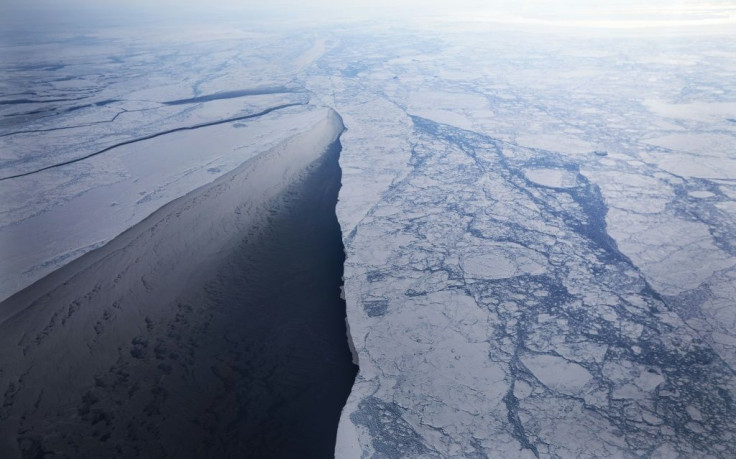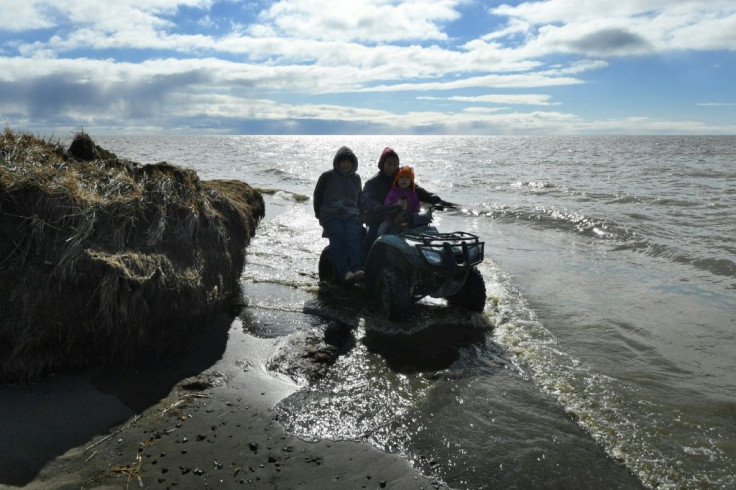Arctic Has One Of Warmest Years, Raising Fears Over Rising Sea Levels

The Arctic has experienced its second warmest year since 1900, according to a report published Tuesday, raising fears over low summer sea ice and rising sea levels.
The North Pole has been warming twice as fast as the rest of the planet since the 1990s, a phenomenon climatologists call Arctic amplification, and the past six years have been the region's warmest ever.
The average temperature in the 12 months to September was 1.9 degrees Celsius higher than the 1981-2010 average, according to the Arctic Report Card of the US National Oceanic and Atmospheric Agency (NOAA).
The end-of-summer sea ice cover measured that month was the second lowest in the 41-year satellite record, tied with 2007 and 2016, the annual report said.
"2007 was a watershed year," Don Perovich, a Dartmouth engineering professor who co-authored the report, told AFP.
"Some years there's an increase, some years there's a decrease, but we've never returned to the levels we saw before 2007," he added.
The year up to September has been surpassed only by the equivalent period in 2015-16 -- the warmest since 1900, when records began.

In the Bering Sea between Russia and Alaska, the last two winters have seen maximum sea ice coverage of less than half the long-term average.
The ice is also thinner, meaning airplanes can no longer land with supplies for the residents of Diomede, a small island in the Bering Strait, who now depend on less reliable helicopters.

Thick ice is also vital for locals who travel by snowmobile and stow their boats, or hunt seals and whales.
As the ice forms later in the fall, the inhabitants are isolated for a greater part of the year.
The "shorefast ice," anchored to the sea floor, is increasingly rare, and it is on this ice that fishermen and hunters store their equipment.
"In the northern Bering Sea, sea ice used to be present with us for eight months a year. Today, we may only see three or four months with ice," indigenous residents wrote in an essay included in the report.
It is not just sea ice that is receding, according to the report: ice on Greenland is also melting.
For the rest of the world this melt is measured by rising sea levels. Each year ice melting from Greenland alone raises global sea levels by 0.7 millimeters.
The snow reflects the sun's rays back to space, but when it melts it uncovers more area for the sun's heat to be absorbed and melts the permafrost, the soil that remains constantly frozen.
Greenland has the world's second largest ice sheet after Antarctica, which is melting at a slower pace. Scientists noted Tuesday that Greenland is struggling too, however.
It has lost 3.8 trillion tonnes of ice since 1992, enough on its own to add 10.6 millimeters (1.06 centimeters, 0.4 inches) to sea levels, according to a study in the journal Nature.
If all of Greenland's ice melted, or were diverted into the ocean as icebergs, the world's oceans would rise by 7.4 meters, scientists say.
© Copyright AFP 2024. All rights reserved.




















